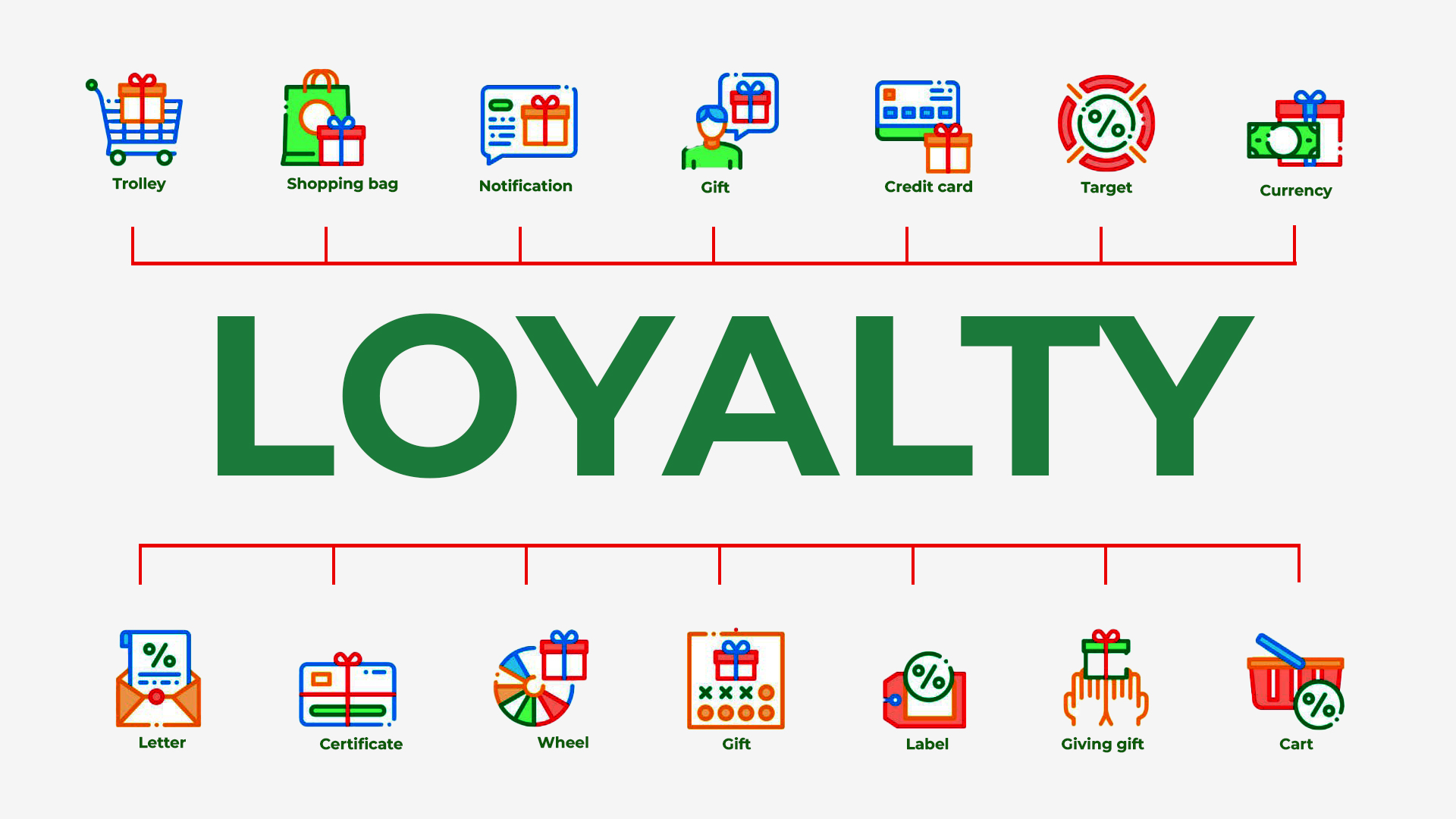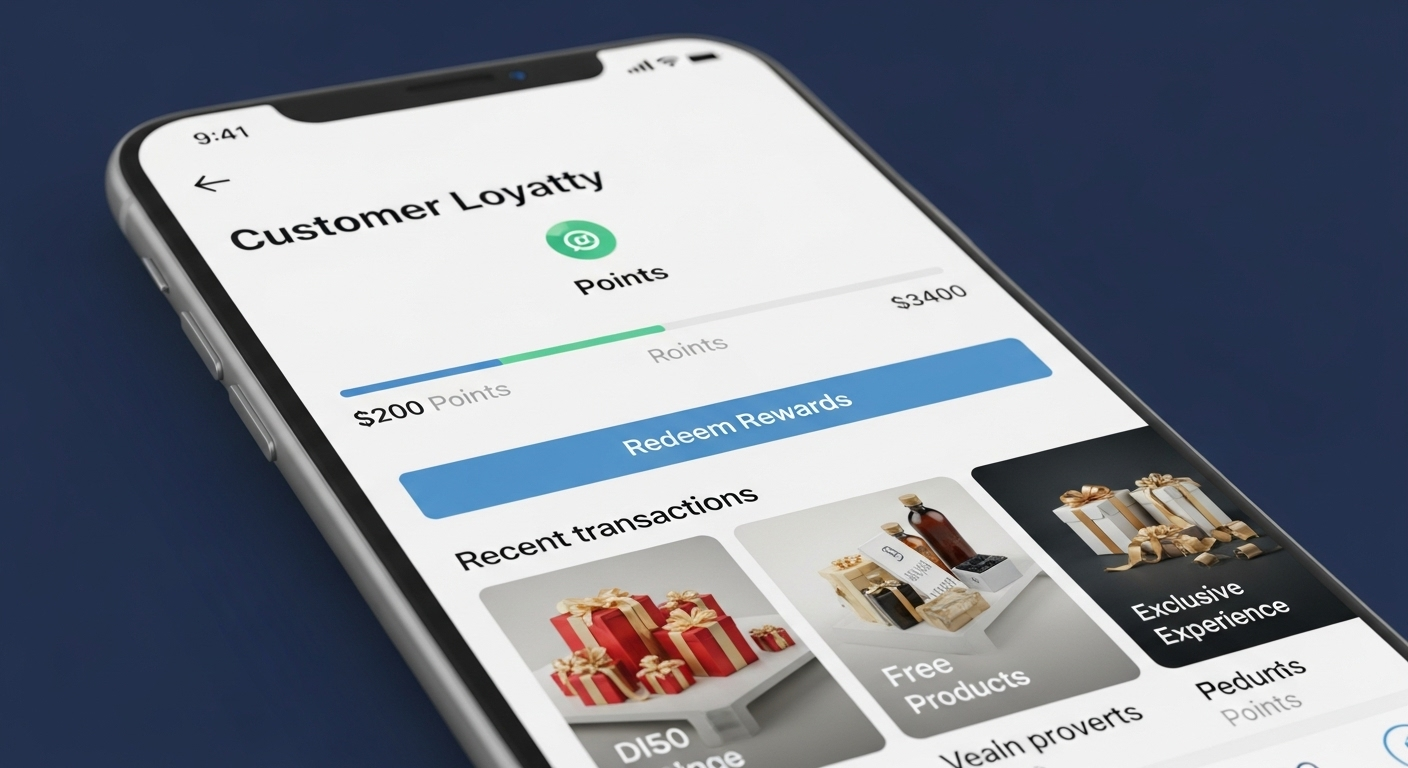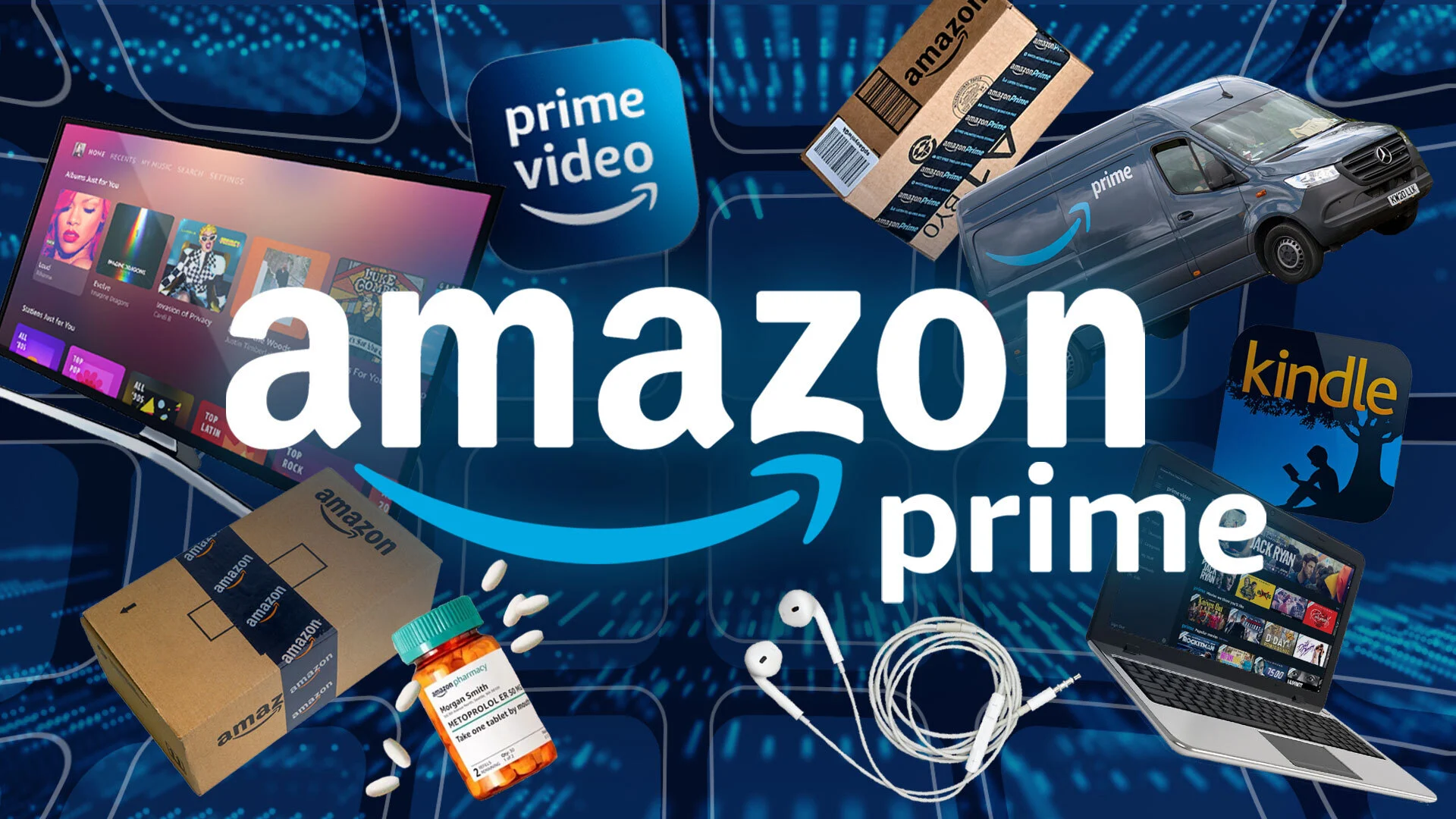
While attracting new customers is crucial, retaining your existing ones is even more vital. This is where a customer loyalty program becomes an essential strategy. An effective program doesn’t just help you keep buyers; it turns them into passionate brand advocates, paving the way for sustainable business growth.
This article provides a comprehensive and detailed overview of customer loyalty programs, from their core benefits and popular types to a step-by-step guide for building a successful one yourself.
A customer loyalty program is a marketing strategy designed to encourage and reward customers who frequently shop or interact with a brand. Its main objective is to strengthen customer loyalty and motivate them to make repeat purchases.
I. Benefits of a Customer Loyalty Program
A customer loyalty program delivers exceptional value that far outweighs its cost, helping businesses not only grow but also build deep relationships with their customers.
1. Enhances Customer Retention Rates
Retaining existing customers is much more effective than finding new ones, as the cost to acquire a new customer is often higher than the actual profit. Loyalty programs stand out as a strategic tool for holding on to your existing customer base. By offering structured incentives like discounts, exclusive access, or tangible rewards, businesses create a compelling reason for customers to keep coming back. The more they participate and are rewarded, the less likely they are to be tempted by alternatives. This not only turns one-time buyers into regulars but also builds a strong barrier against competitors.
2. Increases Customer Lifetime Value (CLV)
While a loyalty program may require an initial investment, it’s a smart move to boost your business’s profitability by increasing Customer Lifetime Value (CLV). When customers feel valued, they tend to spend more and make repeat purchases. Furthermore, these programs provide a platform for businesses to execute effective cross-selling and up-selling strategies. By leveraging purchase history data, you can make suitable suggestions for complementary or upgraded products, thereby enhancing the experience and encouraging customers to spend more.
3. Drives Effective Word-of-Mouth Marketing
When customers find value in a program, they become natural brand ambassadors. They are inclined to share their positive experiences with friends and family, creating a powerful word-of-mouth marketing channel that traditional advertising can’t easily replicate. These referrals carry significant weight because consumers are more likely to trust a brand recommended by someone they know. Active participants also frequently leave positive online reviews, which reinforces the business’s reputation and attracts new customers organically.
4. Enables In-depth Customer Data Collection
Loyalty programs serve as an intelligent mechanism for businesses to gather customer data. Through their participation, customers willingly provide information on their preferences, buying habits, and demographics. This data becomes the foundation for later personalized marketing and promotional strategies, helping you better understand your customer base and make more effective strategic decisions.
5. Reduces Costs and Optimizes Budget
Numerous studies have proven that acquiring new customers is a far more expensive effort than maintaining relationships with existing ones. By strategically focusing on customer retention, businesses can reduce their reliance on costly advertising campaigns. According to the Harvard Business Review, a mere 5% increase in customer retention can boost profits by 25% to 95%. This demonstrates the significant impact that nurturing current customers has on a company’s profitability.
6. Mitigates the Impact of Off-Peak Seasons
During periods of slow sales, loyalty programs become a strategic tool to maintain momentum. They provide a compelling reason for customers to continue engaging year-round, eagerly anticipating exclusive rewards and offers. Special promotions for members also help revive demand and prevent customers from delaying their purchases, ensuring your products stay top-of-mind.
II. Popular Types of Customer Loyalty Programs

To build a suitable loyalty program, you need to understand the common models and choose the one that aligns with your business.
1. Points Programs
This is the most common and simplest type. Customers earn a certain number of points for each purchase. These points can then be redeemed for rewards, discounts, or products. The advantage of this model is that it’s easy to understand and implement, making it suitable for businesses with high transaction frequencies like cafes or retail stores.

2. Tiered Programs
This model creates member tiers (e.g., Bronze, Silver, Gold, Diamond) based on total spending or purchase frequency. As customers reach higher levels, they receive greater perks and rewards, which creates a sense of recognition and motivates them to “climb the ranks.” This is an effective way to retain high-value customers.
3. Paid (Premium) Loyalty Programs
In this model, customers pay a recurring fee (monthly or annually) to enjoy exclusive benefits, such as free shipping, special deals, or early access to new products. This model is ideal for brands looking to create a core customer community and ensure a stable revenue stream.
Amazon Prime is a classic example of a paid loyalty model, where customers pay a recurring fee to receive exclusive benefits.
- How it works: For an annual fee, Prime members enjoy a wide range of benefits, including free shipping, same-day delivery (in some areas), and access to streaming movies, music, and e-books.
- Key Highlights:
- Increases Customer Lifetime Value (CLV): This model encourages customers to spend more on Amazon to “extract” the maximum value from their paid fee, thereby significantly increasing their lifetime value.
- Creates a Switching Barrier: Once customers are accustomed to the convenience and privileges of Prime, it becomes very difficult for them to switch to other shopping platforms.

III. A Step-by-Step Guide to Creating an Effective Loyalty Program
To create a truly effective loyalty program, you need to follow a strategic process.
Step 1: Define Your Goals and Target Audience sese
Before you begin, answer these questions: What are your primary goals? (Increase purchase frequency, raise average order value, or collect data?) Who is your target customer? (New customers, loyal customers, or those who haven’t returned in a while?) Clearly defining your objectives will help you choose the most suitable model.
Step 2: Choose a Model and Design Rewards
Based on your goals from Step 1, select one of the program types mentioned above. Don’t forget to design a reward system that is appealing and offers real value to your customers. Rewards can be free products, discounts, exclusive access, or even special experiences.
Step 3: Integrate Technology and Promote
Ensure the program is easy for customers to join and use. Integrate loyalty program management software into your sales channels (online and in-store) for seamless tracking and management. Then, widely promote the program through email, social media, and other marketing channels to attract participants.
Step 4: Measure and Optimize
A successful program needs continuous monitoring and adjustment. Use metrics like customer retention rate, customer lifetime value (CLV), and purchase frequency to evaluate its effectiveness. Based on this data, you can continuously adjust and improve the program to enhance the customer experience.
Conclusion
A customer loyalty program is more than just a marketing tool; it’s a long-term business strategy. It helps you build sustainable relationships, gather valuable data, increase revenue, and retain customers effectively. We hope this guide helps you start your journey toward building your own program.
If you need a program to enhance customer loyalty, contact us—a company with a spirit of innovation, pioneering, and dedication in the Martech field. Digitize Asia will partner with you to turn ideas into reality and build the most suitable solution.
Contact Digitize Asia now for a free consultation on Martech solutions for your business!



